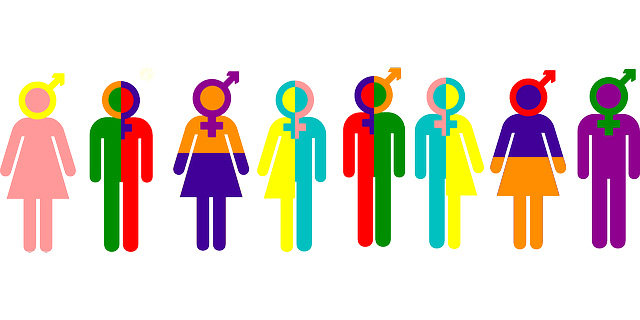WIS recently updated its Community Handbook and added a gender inclusion policy. The policy is intended to support transgender, nonbinary and gender-fluid students. It includes details on how to adress bullying and discrimination, student support, student privacy, support for transitioning students, protocols for overnight trips, physical education (P.E.) classes, bathrooms and yearbooks.
The handbook states that the gender inclusion policy was created using resources such as GLBTQ Legal Advocates & Defenders (GLAD), the Human Rights Campaign and Gay Lesbian and Straight Education Network (GLSEN).
“To create this safe environment (in regards to gender), WIS has adopted the following policies to support LGBTQ+ members, including transgender, nonbinary and gender-fluid students,” the policy states in its opening paragraph.
The handbook states that discriminatory behavior such as the use of slurs, harassment or bullying is unacceptable in the WIS community.
In terms of incidents regarding harrasment, the next steps are defined in the handbook’s “Anti-bullying, child abuse and anti-harrasment policies” section, found on page 14.
After establishing racial inclusion policies, WIS identified a need for similar policies supporting LGBTQ+ students. “We’ve [created support policies] in areas of race. We do that in areas of academic support,” Upper School Principal Sarah Polland said. “I think gender is one that was lacking.”
The policy is meant to put the ideals of WIS into writing and solidify the supportive environment of the school. “When schools have policies, it demonstrates to the community what they stand for and what they stand against,” Grades 9/10 Assistant Principal Allison Ewing said.
Ewing directed the inclusion policy drafting and involved Director of Student Information and Registrar Tracy Dodge, International-Mindedness, Diversity and Inclusion (IDI) Coordinator Lisa McNeill and Middle and Upper School Counselors Marilyn Wilson Odhiambo and Kelsey Morgan.
“[Ewing] was really the one who spearheaded the effort,” Morgan said.
All teachers and faculty will receive training on how to support LGBTQ+ students, led by Morgan and Wilson Odhiambo. “We’re taking small steps, but thoughtful steps,” Morgan said.
For students in the process of transitioning, they can initiate a plan with the school to change their name, pronouns, attire and accommodations. The plan will highlight the date of the transition, who will be involved and which updates to the student’s records will be made.
The policy describes steps for name and pronoun changes. Students in middle and upper school are able to change their names and pronouns through OnCampus. This change will be visible to all students, faculty, staff and the students’ parents or guardians will be notified of the change.
For students in primary school, teachers and parents or guardians will also be involved in the process and need to approve the changes.
There is also the ability to change their preferred pronouns on OnCampus and on other platforms, such as Seesaw. Parents or guardians must contact the assistant principal to put gender changes on the schools’ records.
In terms of P.E. and sports, the handbook has a specific plan. “A student will be permitted to participate in [P.E.] and health classes in a manner consistent with the student’s gender identity,” the handbook states.
In extracurricular sports, students are able to compete with the team that is “consistent with the student’s gender identity,” as long as the league allows it. The Potomac Valley Athletics Conference (PVAC) recently established a gender inclusion policy that would allow WIS students to play with their preferred team. Students will have access to non-gendered locker rooms and bathrooms located throughout campus and in the locker room area.
For overnight trips, students will be assigned by the gender on their record, unless “a student already has a Gender Support and Communication Plan in place that indicates a different preference.” This plan is personalized for each student.
`
Writing the gender inclusion policy was a group effort, with counselors looking over to make sure no language was unintentionally harmful.
Ewing also notes that the policies are open to editing, based on what works best for students and faculty.
Ultimately, Polland hopes that if students have a safe space to express themselves at school, they will feel safer expressing themselves in the outside world as well.
Furthermore, she hopes that once students finish their high school journeys, “They can feel confident. They can feel good in their skin. They can feel like they’re accepted for who they are.”
By Jenna Loescher-Clark


































































